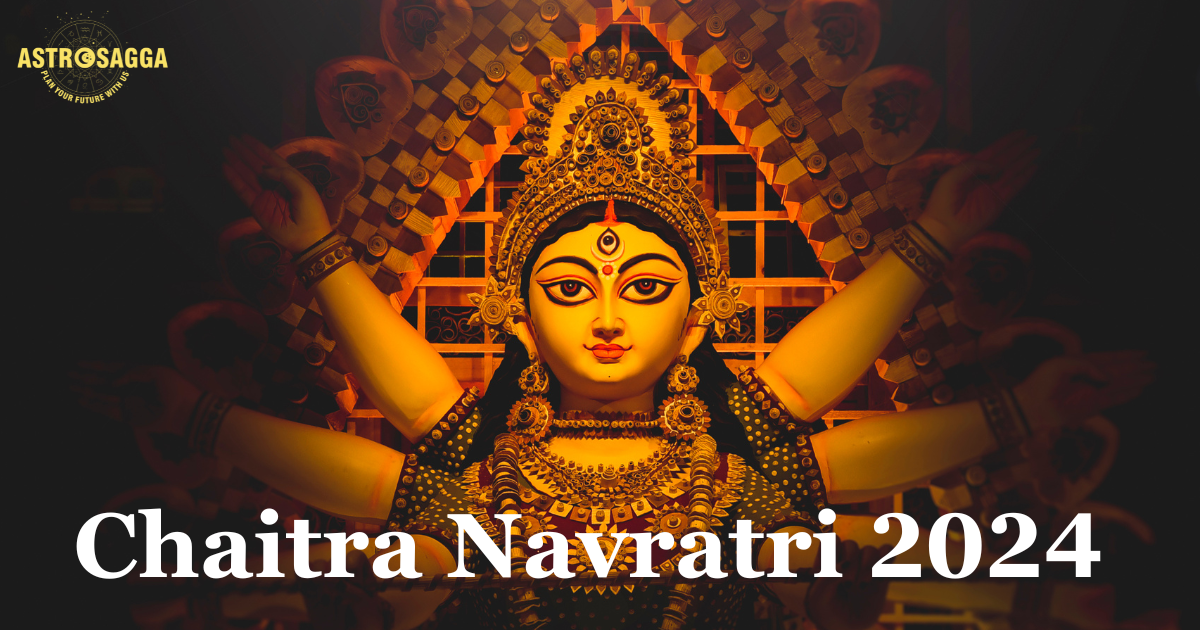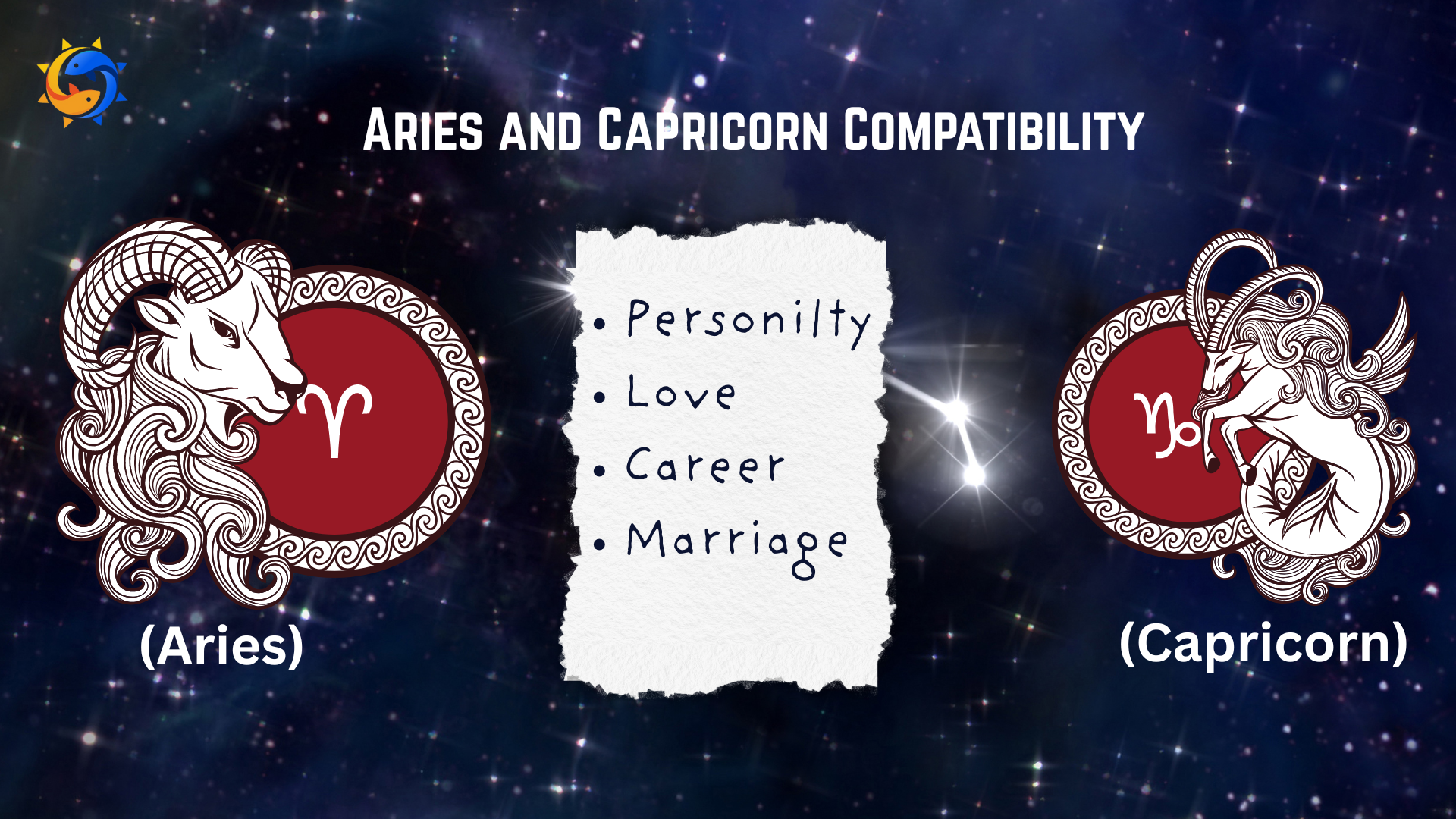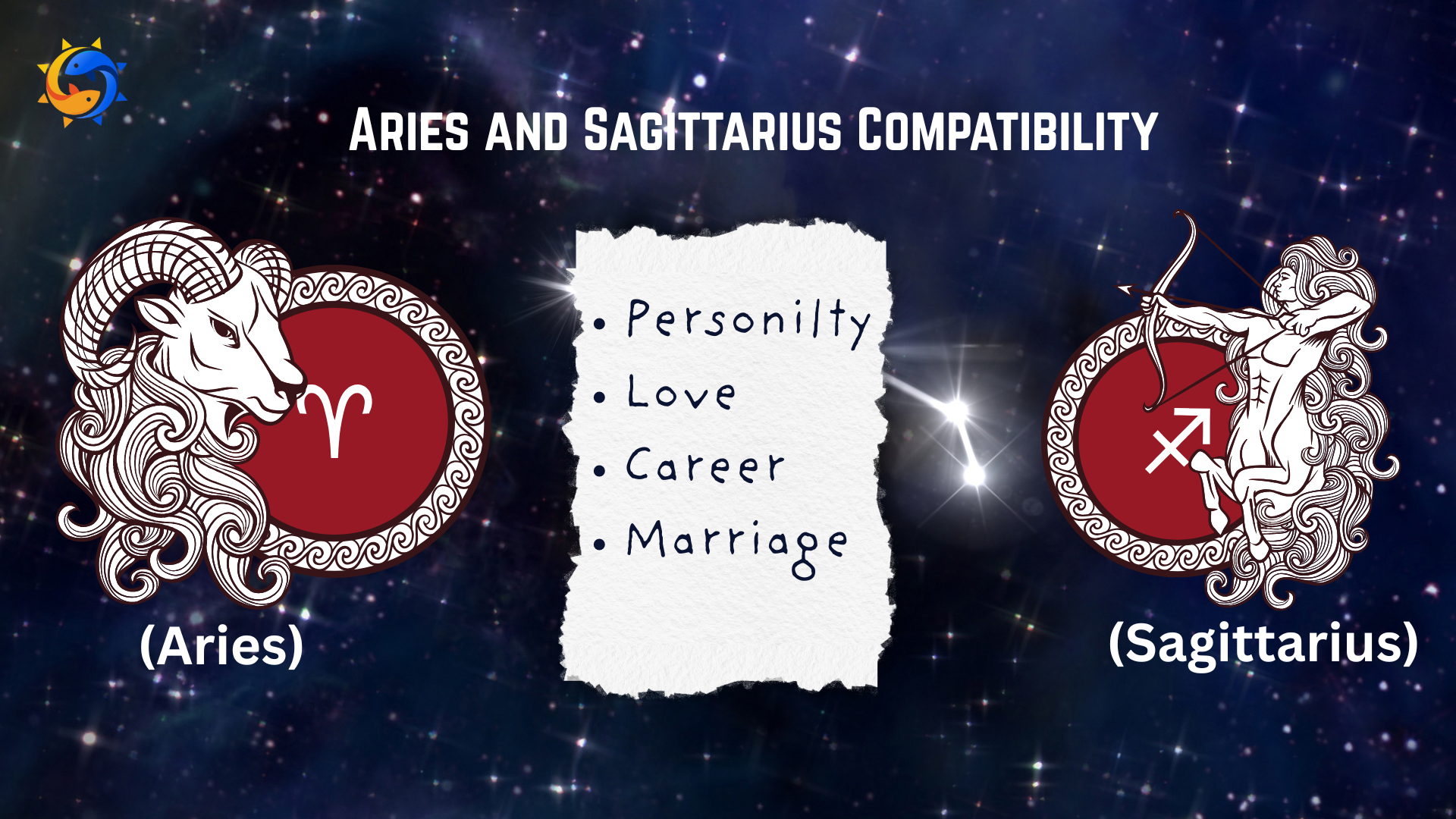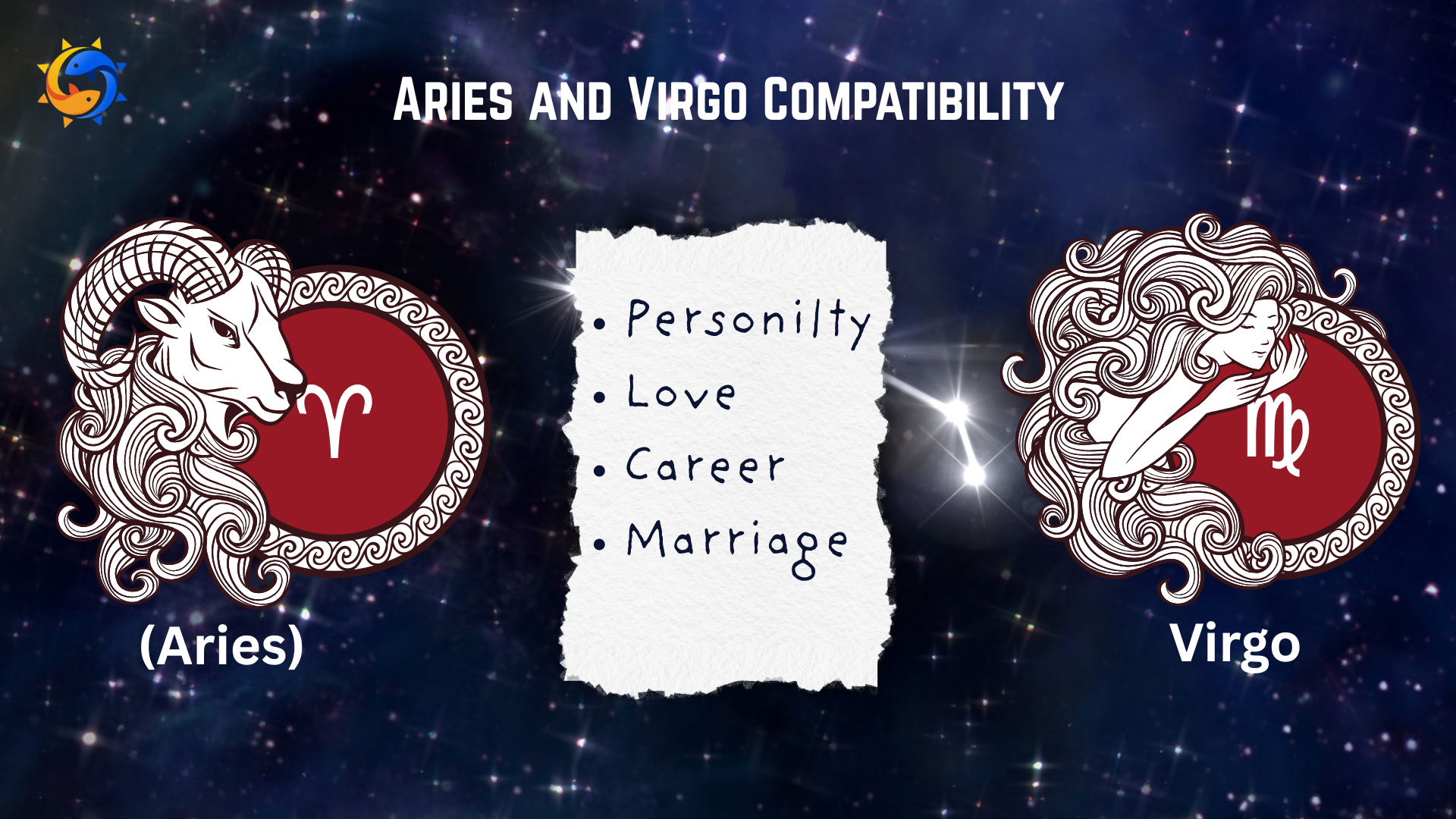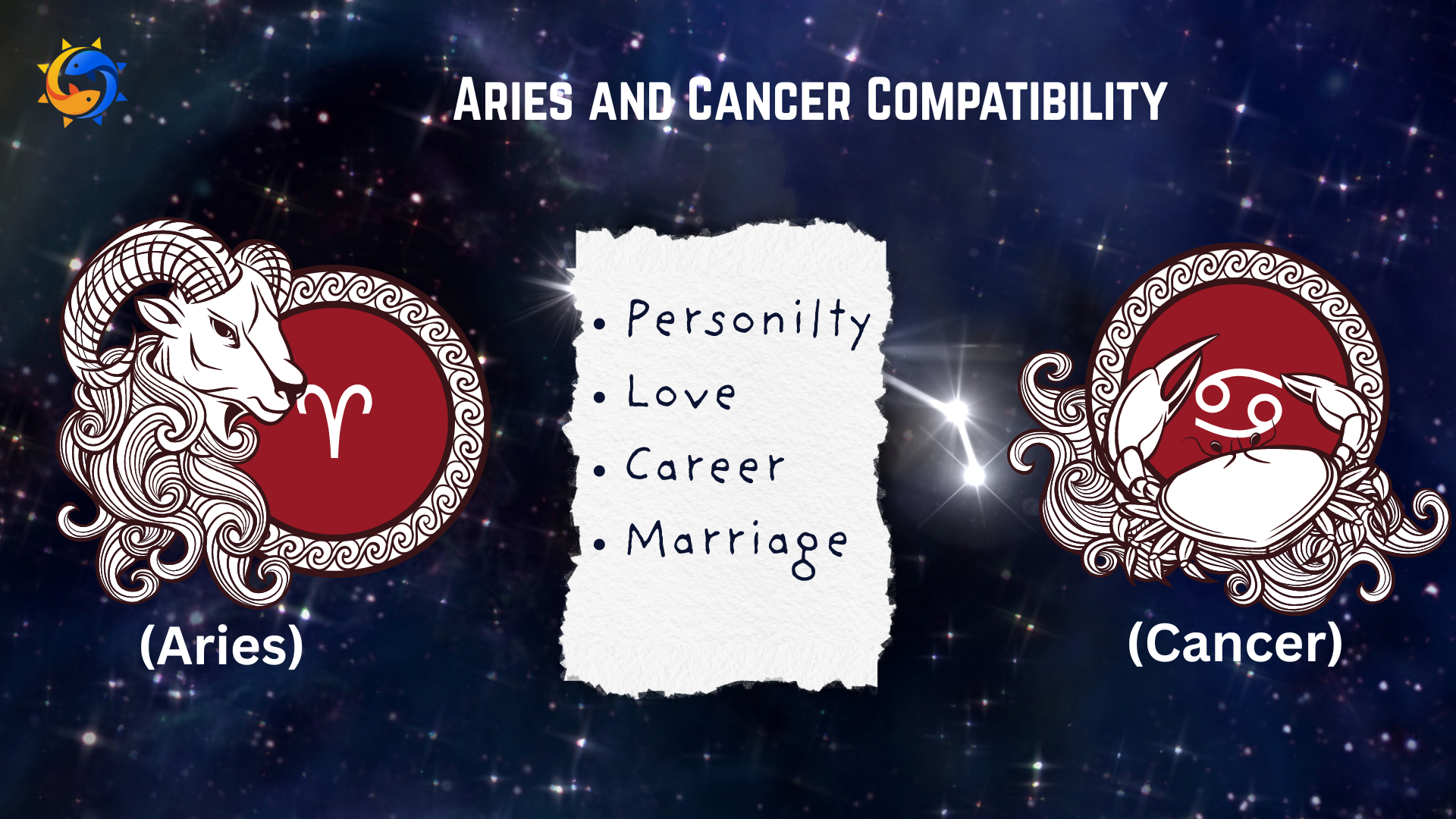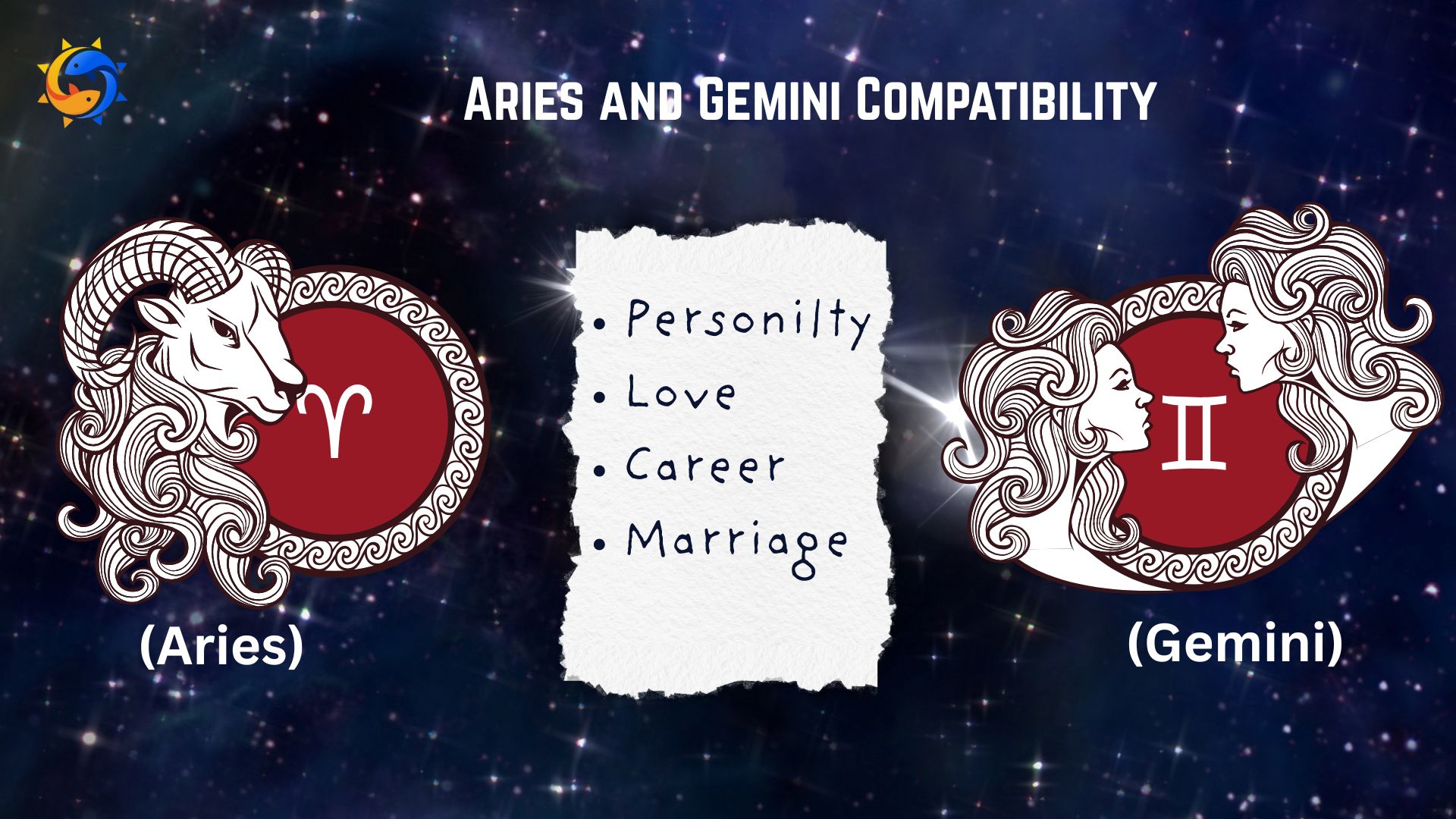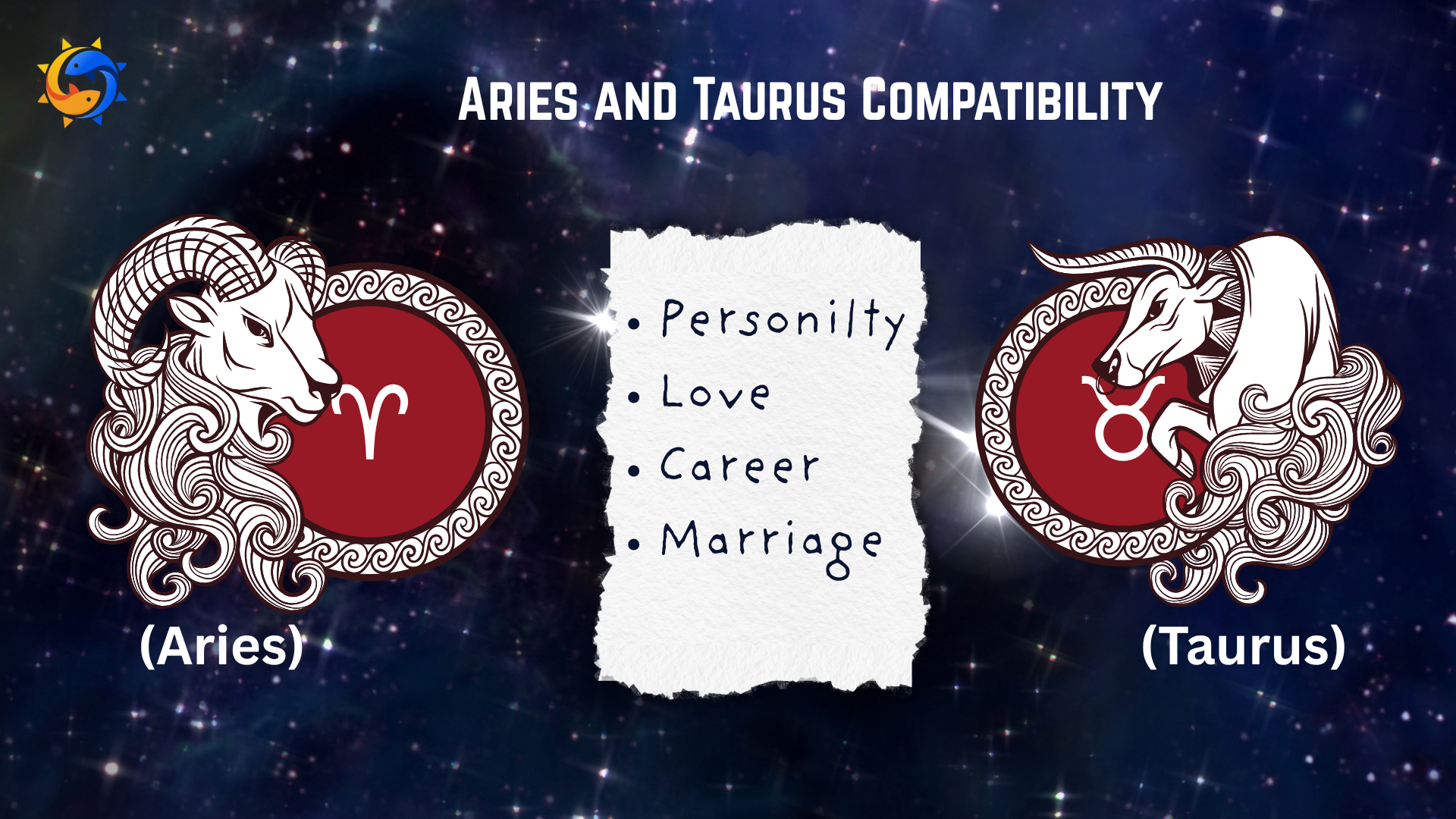Chaitra Navratri is a significant Hindu festival celebrated with great fervor and devotion across India. It marks the beginning of the Hindu New Year and falls in the month of Chaitra, usually in March or April. This nine-day festival is dedicated to the worship of Goddess Durga and her various forms. Let's delve deeper into the essence of Chaitra Navratri and understand its significance.
Origin and Significance of Chaitra Navratri
Chaitra Navratri holds immense spiritual significance in Hindu Panchang. It is believed that during this period, Goddess Durga manifested herself in nine different forms to destroy evil and restore righteousness. The festival symbolizes the victory of good over evil and is celebrated with elaborate rituals and prayers.
Dates and Days of Chaitra Navratri 2024
Chaitra Navratri 2024 will commence on the 9th of April (Tuesday) and conclude on the 17th of April (Wednesday). Each day of Navratri is dedicated to the worship of a specific form of Goddess Durga, known as Navadurga. Devotees observe fasts and offer prayers to seek the blessings of the divine mother.
The Nine Forms of Goddess Durga
During Chaitra Navratri, devotees worship the nine incarnations of Goddess Durga, each representing distinct virtues and powers. Here are the nine forms of Goddess Durga worshipped during Navaratri along with the days they are revered according to the Navaratri calendar for 2024:
1. Maa Shailaputri - 9 April 2024, Tuesday ( Pratipada Tithi)
2. Maa Brahmacharini - 10 April 2024, Wednesday ( Dwitiya Tithi)
3. Maa Chandraghanta – 11 April 2024, Thursday ( Tritiya Tithi )
4. Maa Kushmanda – 12 April 2024, Friday ( Chaturthi Tithi )
5. Maa Skandamata – 13 April 2024, Saturday ( Panchami Tithi )
6. Maa Katyayani – 14 April 2024, Sunday ( Shashti Tithi )
7. Maa Kalratri – 15 April 2024, Monday ( Saptami Tithi )
8. Maa Mahagauri – 16 April 2024, Tuesday ( Ashtami Tithi )
9. Maa Siddhidatri – 17 April 2024, Wednesday ( Navami Tithi )
Day 1: Shailaputri - On the first day, Goddess Shailaputri, also known as Pratipada, is worshipped. She is depicted as riding a bull and carrying a trident in one hand and a lotus flower in the other.
Day 2: Brahmacharini - The second day is dedicated to Goddess Brahmacharini, who symbolizes love and loyalty. She is depicted as holding a rudraksha mala (rosary) in one hand and a water pot (kamandal) in the other.
Day 3: Chandraghanta - On the third day, Goddess Chandraghanta, symbolizing peace, serenity, and prosperity, is worshipped. She is depicted with a crescent moon on her forehead, hence the name Chandraghanta.
Day 4: Kushmanda - Goddess Kushmanda is worshipped on the fourth day. She is believed to have created the universe with her divine smile. She is depicted with eight arms, each carrying different weapons and symbols.
Day 5: Skandamata - The fifth day is dedicated to Goddess Skandamata, the mother of Skanda (Lord Kartikeya), who is depicted holding her son in one of her arms. She signifies motherly love and protection.
Day 6: Katyayani - Goddess Katyayani, worshipped on the sixth day, is considered the warrior form of Durga. She is depicted as fierce and rides a lion. She symbolizes courage and valor.
Day 7: Kalaratri - On the seventh day, Goddess Kalaratri, representing the destroyer of darkness and ignorance, is worshipped. She is depicted with a dark complexion, disheveled hair, and a fierce expression.
Day 8: Mahagauri - Goddess Mahagauri, worshipped on the eighth day, symbolizes purity and serenity. She is depicted as having a fair complexion and is adorned in white garments.
Day 9: Siddhidatri - The ninth day is dedicated to Goddess Siddhidatri, who is believed to bestow blessings and fulfill devotees' wishes. She is depicted with four arms and is worshipped for spiritual enlightenment and divine knowledge.
These nine forms of Goddess Durga are worshipped with devotion and dedication during the auspicious festival of Navaratri, symbolizing the triumph of good over evil and the victory of light over darkness.
Read Also - 1st Solar Eclipse 2024: What You Need to Know
Rituals and Traditions During Chaitra Navratri
The festival of Chaitra Navratri is marked by various rituals and traditions. Devotees clean their homes, decorate altars with flowers, and perform elaborate puja ceremonies. Special prayers and bhajans are organized in temples, and community gatherings are held to celebrate the divine presence.
Fasting During Chaitra Navratri
Fasting holds great significance during Navratri. Many devotees observe strict fasts and abstain from consuming grains, non-vegetarian food, and alcohol. Fasting is believed to purify the body and soul, allowing devotees to connect with the divine on a deeper level.
Significance of Fasting
Fasting during Navratri is not just a physical discipline but also a spiritual practice. It helps devotees cultivate self-discipline, control their desires, and focus on spiritual growth. By abstaining from worldly pleasures, devotees seek to attain spiritual enlightenment and inner peace.
Celebrations and Festivities
Chaitra Navratri is a time of joyous celebrations and festivities. Homes and streets are adorned with colorful decorations, and cultural events such as dance performances and musical concerts are organized. The air is filled with devotion and excitement as people come together to celebrate the divine mother.
Navratri Special Foods
During Navratri, special foods are prepared to offer to the goddess and share with family and friends. These include dishes made from ingredients like potatoes, sabudana, and fruits. Traditional sweets and delicacies are also prepared to indulge in during this auspicious period.
Spiritual Significance
Chaitra Navratri is not just a religious festival but also a spiritual journey for devotees. It is a time to reflect on one's life, seek forgiveness for past wrongdoings, and embark on a path of self-improvement and righteousness. Through prayers and devotion, devotees seek the blessings of Goddess Durga for strength, wisdom, and protection.
Astrological Importance
Astrologically, Chaitra Navratri holds significant importance as it marks the beginning of the new lunar year. It is believed that the planetary positions during this time are auspicious for undertaking new ventures, seeking blessings for prosperity, and overcoming obstacles in life.
Navratri Puja Vidhi
During Navratri, devotees follow a prescribed puja vidhi (ritual procedure) to worship Goddess Durga and seek her blessings. This includes performing aarti, offering flowers, incense, and chanting sacred mantras. The puja is conducted with utmost devotion and reverence.
Navratri Across Different Regions
While Chaitra Navratri is primarily celebrated in North India with grandeur, it is also observed in various other regions of the country with their unique customs and traditions. Each region has its own way of worshipping the goddess and celebrating the festival, adding to the cultural diversity of India.
Challenges Faced During Chaitra Navratri Amidst Modern Lifestyle
In today's fast-paced world, observing traditional rituals and fasting during Navratri can pose challenges for many people. Balancing work, family, and religious obligations requires careful planning and time management. However, with dedication and commitment, one can successfully navigate through these challenges and experience the spiritual essence of Navratri.
Conclusion
Chaitra Navratri is more than just a religious festival; it is a celebration of faith, devotion, and spirituality. It provides an opportunity for devotees to connect with the divine mother and seek her blessings for prosperity, happiness, and peace. As we immerse ourselves in the festivities of Navratri, let us remember the true essence of this auspicious occasion and strive to embody the virtues of Goddess Durga in our lives.
AstroSagga, India's premier occult institute, our foundation course covers Vedic Astrology, Lo Shu Numerology, Mobile Numerology, Pendulum Dowsing, Tarot Cards, and Zibu Symbols. Learn from expert tutors and delve into the mysteries of the mystic arts. Enroll now for an enlightening journey!


